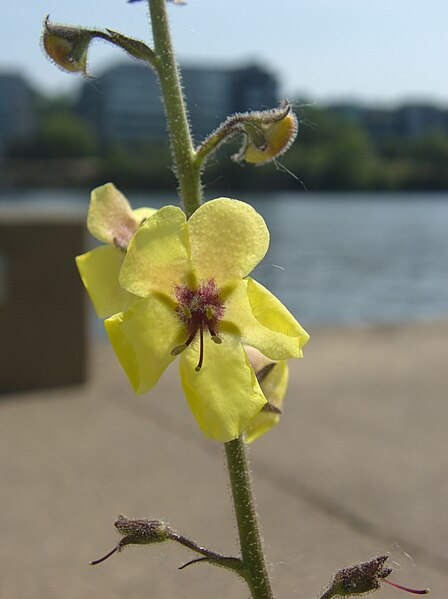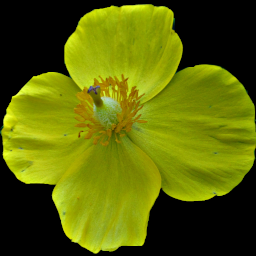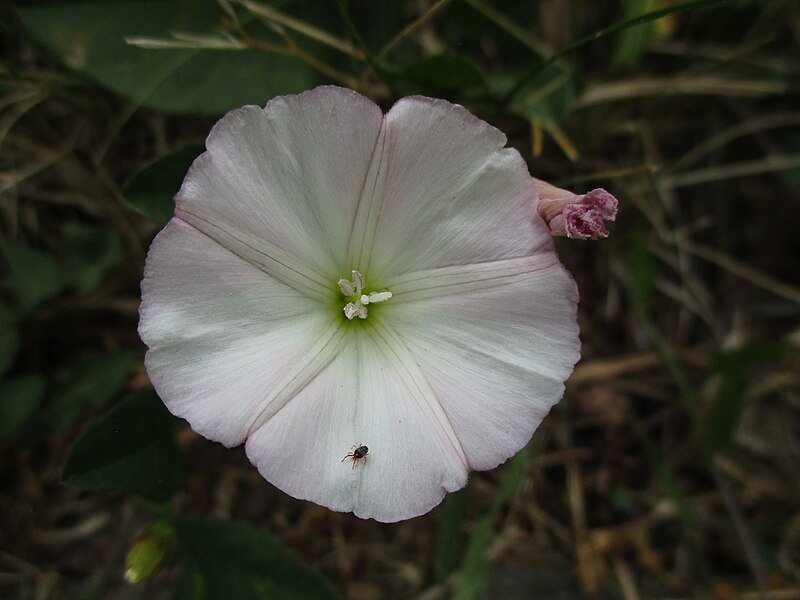
It seems that the yellow form is the more common form in most of this species’ range, but in Pittsburgh it is rare compared to the white form, which is everywhere. We found both colors growing in a recently cleared site along the Monongahela on the South Side.
For a fuller description, see the Verbascum blattaria reference page.












